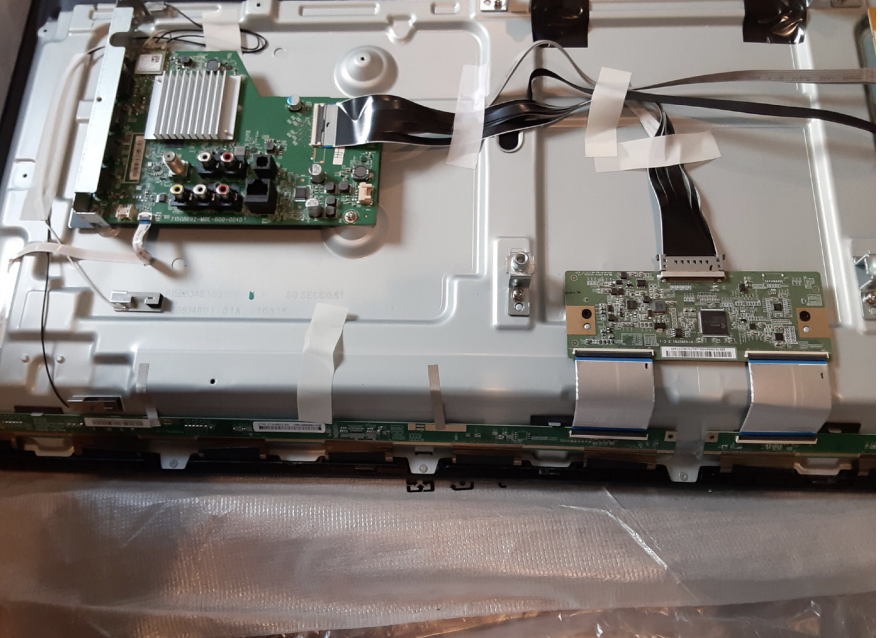The Software Freedom Conservancy (SFC), a non-profit that provides infrastructure support for free and open source software projects, has received a favorable ruling in its right-to-repair lawsuit against Vizio, an American TV manufacturer. The SFC alleges that Vizio has demonstrated “repeated failures to fulfill even the basic requirements of the General Public License (GPL),” after the company refused to provide the source code for software with copyleft licenses that it bundles with its products.
Vizio had filed a request to “remove” the case from California State Court into U.S. Federal Court. After hearing oral arguments from both sides, the court has granted SFC’s motion to remand the case back to California State Court.
In the ruling, US District Court judge Josephine L. Staton stated that the GPL introduces “an additional contractual promise separate and distinct from any rights provided by the copyright laws:”
The Court finds Versata’s reasoning persuasive, and it finds here, as the court
found there, that the enforcement of “an additional contractual promise separate and distinct from any rights provided by the copyright laws” amounts to an “extra element,” and therefore, SFC’s claims are not preempted. Id. at *5. There is an extra element to SFC’s claims because SFC is asserting, as a third-party beneficiary of the GPL Agreements, that it is entitled to receive source code under the terms of those agreements. There is no right to receive certain works—or source code in particular—under the Copyright Act; indeed, the Act’s primary purpose is to limit who may reproduce, prepare derivative works, distribute, and display protected works. As SFC points out in its briefing, the right to receive the source code would appear to be “the very opposite” of those exclusive rights. (Reply, Doc. 26, at 17.) The fact that SFC claims status as a third-party beneficiary to the GPL Agreements and not the actual copyright holder—and therefore, has no authority to impose limitations on the reproduction and distribution of the software—only underscores that the contractual right at issue is qualitatively different from the rights under the Copyright Act. Thus, there can be no question that the extra element—that SFC is third-party enforcing its right to receive source code under the terms of a contract—transforms the nature of the action.
One of the functions of the SFC is to assist member projects in enforcing the terms of FLOSS licenses, including through litigation. This particular case is unique because the organization is presenting this lawsuit on behalf of individual consumers, as opposed to the traditional path of defending copyright holders of the GPL code in question.
“The ruling is a watershed moment in the history of copyleft licensing,” SFC executive director Karen Sandler said. “This ruling shows that the GPL agreements function both as copyright licenses and as contractual agreements.”
SFC contends that many electronics products are built for planned premature obsolescence and that companies often do this by violating the GPL. If the product is bundled with copyleft software, a consumer has the right to modify, improve, and repair the software. For this the be possible, the companies producing the products must make the source code available. This also enables consumers to find skilled people to repair their products when a device fails after updates have been disabled so that products do not become nonfunctional. This ruling is not just a major win for the GPL but also for consumers who may not know that companies violating the GPL significantly impact their ability to find repairs for electronic products.
“Software Freedom Conservancy looks forward to our opportunity to prove, in state court, our third-party beneficiary right to the complete, corresponding source code as defined by the GPL and related agreements,” Sandler said. “This claim is central to the right to software repair, as it allows users to exercise the right to copy, share, modify, and reinstall the software on the devices that they receive.”











